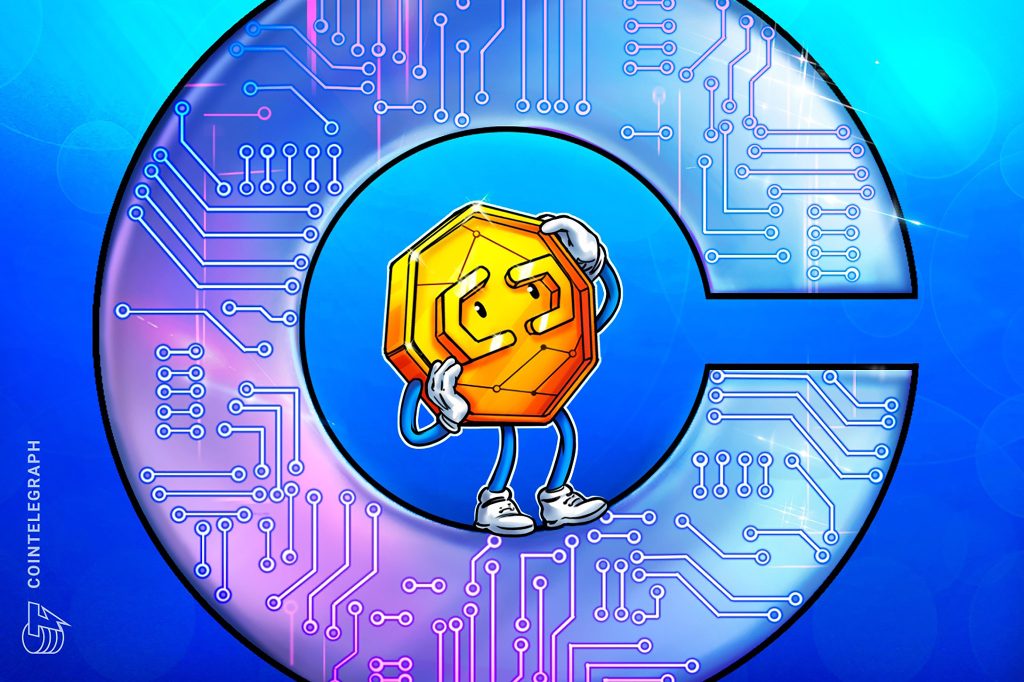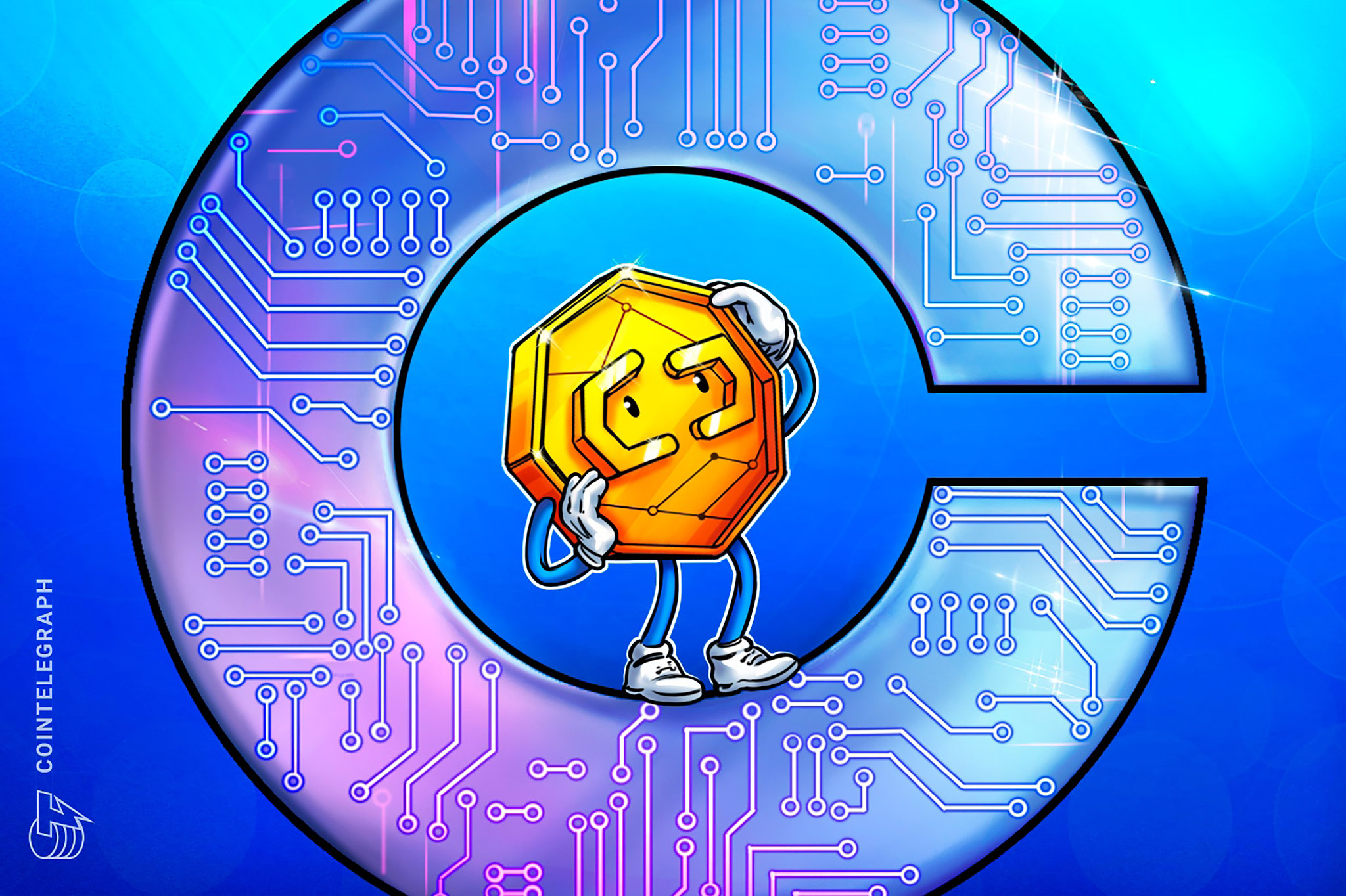Bitcoin bulls’ run toward $45K could produce tailwinds for UNI, OP, TIA and STX


Bitcoin bulls could make a strong push to get BTC through the $45,000 resistance this week. Will UNI, OP, TIA and STX follow?
The S&P 500 Index (SPX) achieved its highest close of the year last week, and Bitcoin (BTC) also hit a new 52-week high, indicating that risky assets remain strong going into the final few days of the year.
Some analysts believe Bitcoin is done with its rally in the short term and may roll over. Popular analyst and social media commentator Matthew Hyland cautioned in a post on X (formerly Twitter) that a drop in Bitcoin’s dominance below 51.81% could signal that the uptrend has ended “along with a likely top put in.”
Usually, the first leg of the rally of a new bull market is driven by the leaders, but after a significant move, profit-booking sets in and traders start to look at alternative opportunities. Although Bitcoin has not rolled over, several altcoins have started to move higher, signaling a potential shift in interest.

































